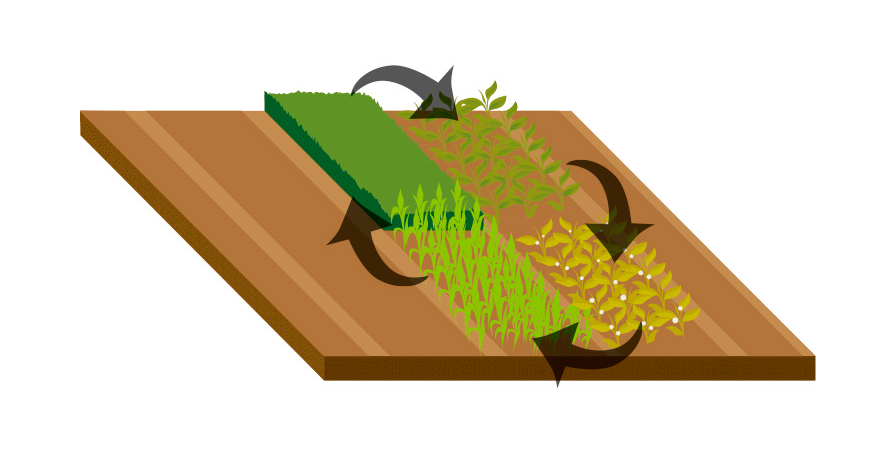1.- EBITDA
The use of different crops on farm can have a clear influence on the economy of the farm. A diversified rotation reduces pest and disease pressure in fields, and then contributes to reduce production costs.
2.- EBITDA/labour unit
The use of different crops on farm can have a clear influence on the economy of the farm. A diversified rotation reduces pest and disease pressure in fields, and then contributes to reduce production costs.
3.- Production costs
The use of different crops on farm can have a clear influence on the economy of the farm. A diversified rotation reduces pest and disease pressure in fields, and then contributes to reduce production costs.
4.- Yield/ha UAA
Yields can be secured by a diversified rotation.
5.- Yield/ ha main fodder area
Yields can be secured by a diversified rotation.
7.- Effectiveness working time
A diversified rotation reduces pests and diseases pressure in fields, and then contributes to reduce working hours.
8.- SI – Satisfaction Index
The implementation of this BMP could have a positive influence on the farmer’s perception.
10.- Annual soil cover rate
The implementation of crop diversification will modify the number of days on which the soil is covered.
12.- Crop biodiversity/rotation
This indicator is directly linked to the surface of different cover crops.
13.- NPK balance
The use of legumes in rotation crop will improve NPK balance.
14.- Energy balance
The energy consumed (mainly) and produced in the farm will change when implementing this BMP, mainly, due to the reduction of pesticide treatments.
15.- Energy self-sufficiency
When introducing any bioenergetic crop into the current rotation of the farm, the renewable energy produced on the farm will increase and, therefore, this indicator will increase.
20.- Farm’s connection with the environmental network
Although the implementation of this BMP will not have an influence on this indicator, the relevance to an environmental network can imply the obligation to follow more strict controls on waste management.
22.- NO3 level – boreholes and wells
A change in crop rotation can modify the extraction of Nitrogen and therefore the possibility of contamination of boreholes and wells.
24.- Use of PPPs in some farms close to water streams
A diversified rotation reduces pest and disease pressure in fields, and then contributes to reduce the risk of contamination on water streams by PPPs (also depending on the intensity of rainfall or irrigation).

